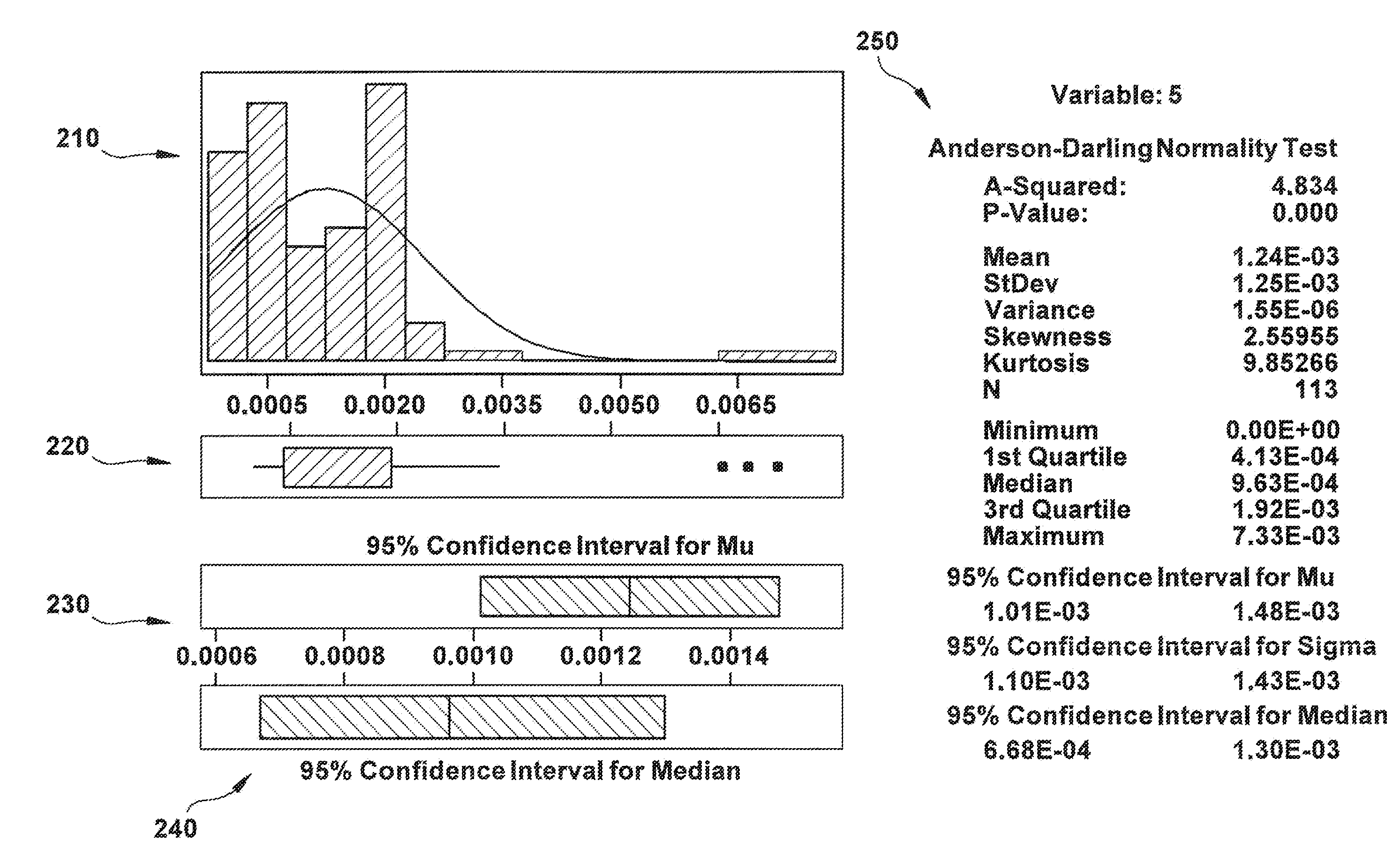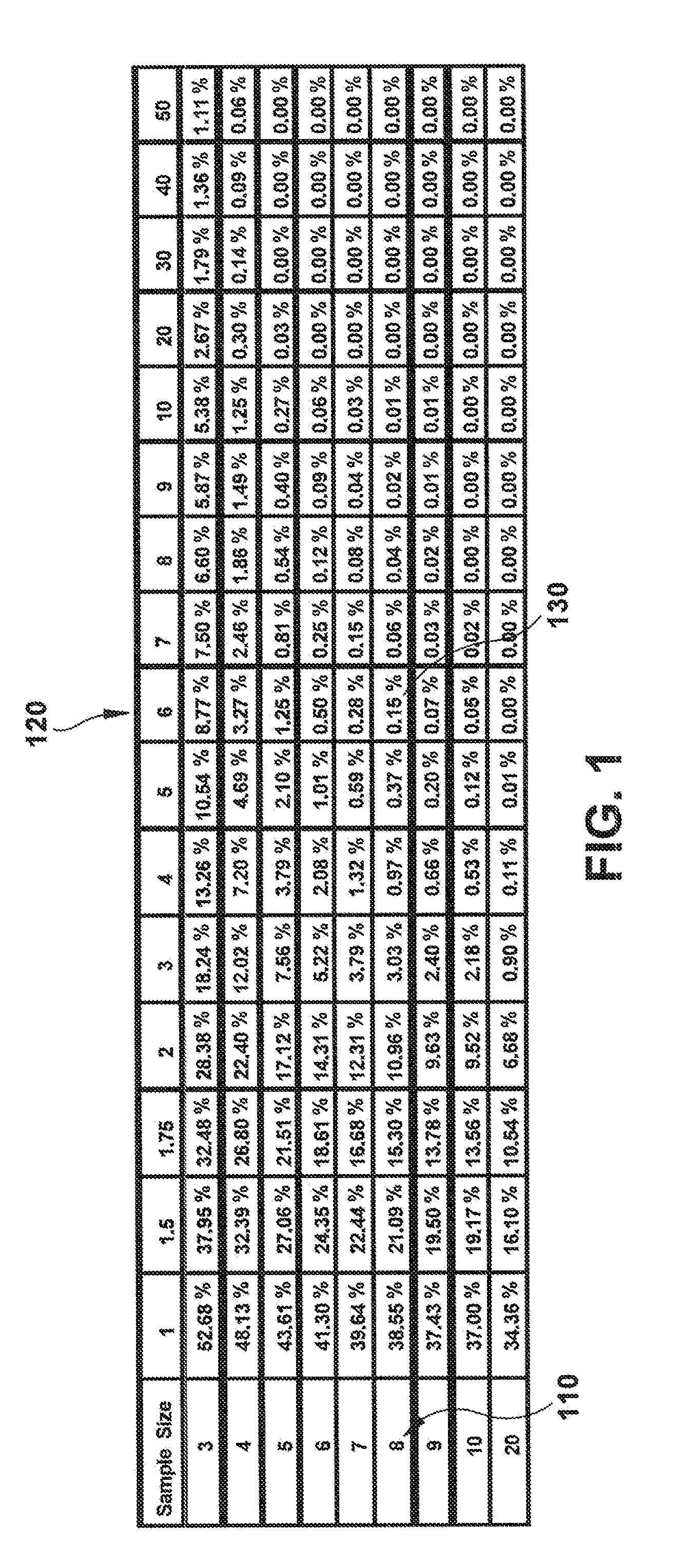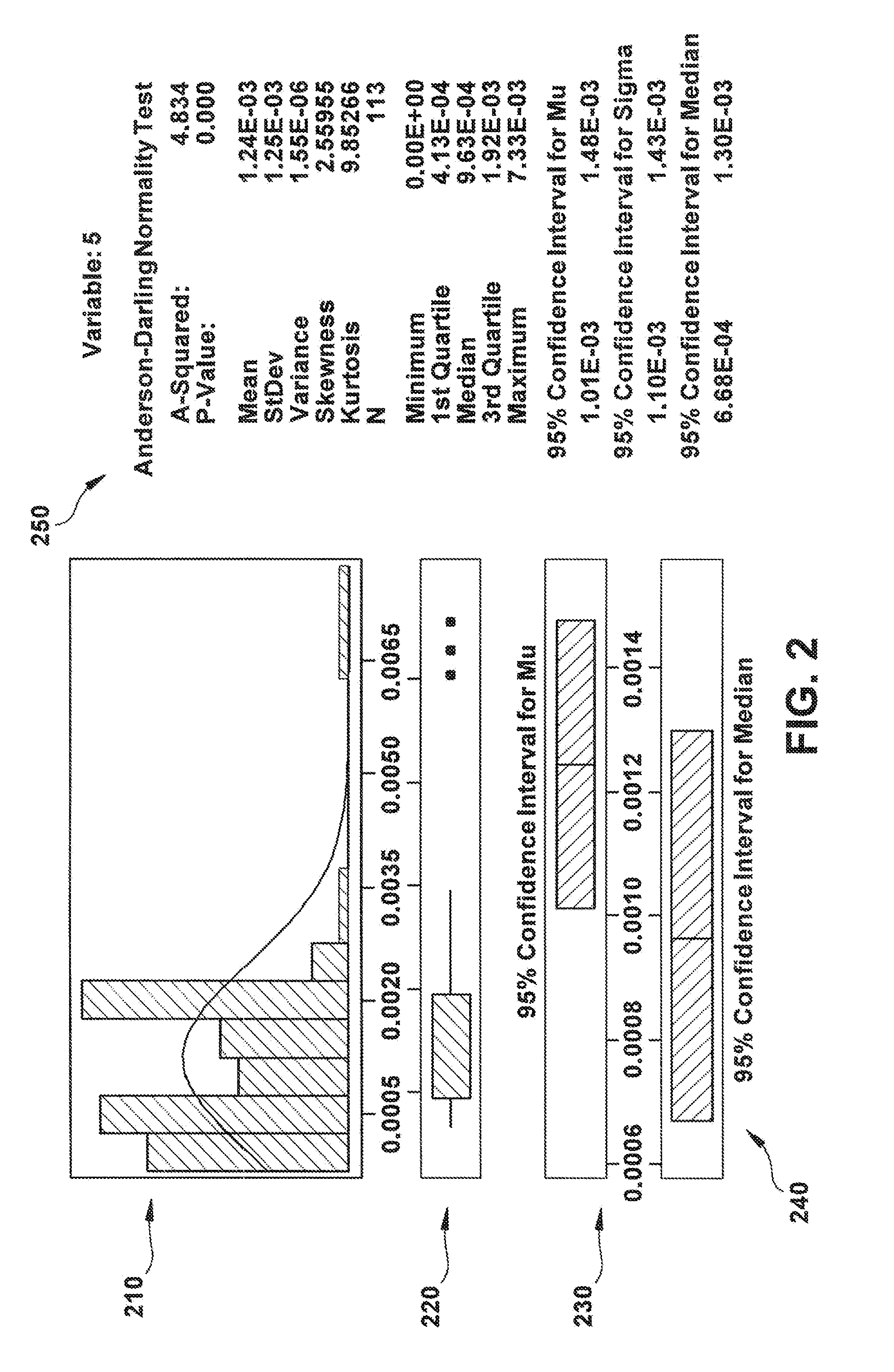Method and system for predicting turbomachinery failure events employing genetic algorithm
a technology of genetic algorithm and engine failure, applied in the direction of testing/monitoring control system, instruments, nuclear elements, etc., can solve the problems of not being able to diagnose anomalies in data, still very difficult to simultaneously monitor many tags, and affecting the accuracy of data prediction, so as to achieve greater fitness value and greater fitness value
- Summary
- Abstract
- Description
- Claims
- Application Information
AI Technical Summary
Benefits of technology
Problems solved by technology
Method used
Image
Examples
Embodiment Construction
[0030]In monitoring and diagnostics (M&D), eliminating noise from data is a key concept. It becomes non-trivial when there are a lot of variables that need to be monitored simultaneously per second and even more so when condition adjustment (e.g., temperature, operating mode, pressure, etc.) is required. An anomaly detection and aggregation process and heatmap tool is herein described that is highly useful and revolutionary for monitoring and diagnostics. The process, method and tool, as embodied by the present invention, is particularly useful when applied to power generation equipment, such as, compressors, generators and turbines. However, the process, method and tool can be applied to any machine or system that needs to be monitored. For example, other machines that can be used with the present invention are gas turbines, hydroelectric turbines, steam turbines, bio-fueled turbines, wind turbines, engines, gensets, and locomotives. The term “turbomachine” will be understood to in...
PUM
 Login to View More
Login to View More Abstract
Description
Claims
Application Information
 Login to View More
Login to View More - R&D
- Intellectual Property
- Life Sciences
- Materials
- Tech Scout
- Unparalleled Data Quality
- Higher Quality Content
- 60% Fewer Hallucinations
Browse by: Latest US Patents, China's latest patents, Technical Efficacy Thesaurus, Application Domain, Technology Topic, Popular Technical Reports.
© 2025 PatSnap. All rights reserved.Legal|Privacy policy|Modern Slavery Act Transparency Statement|Sitemap|About US| Contact US: help@patsnap.com



